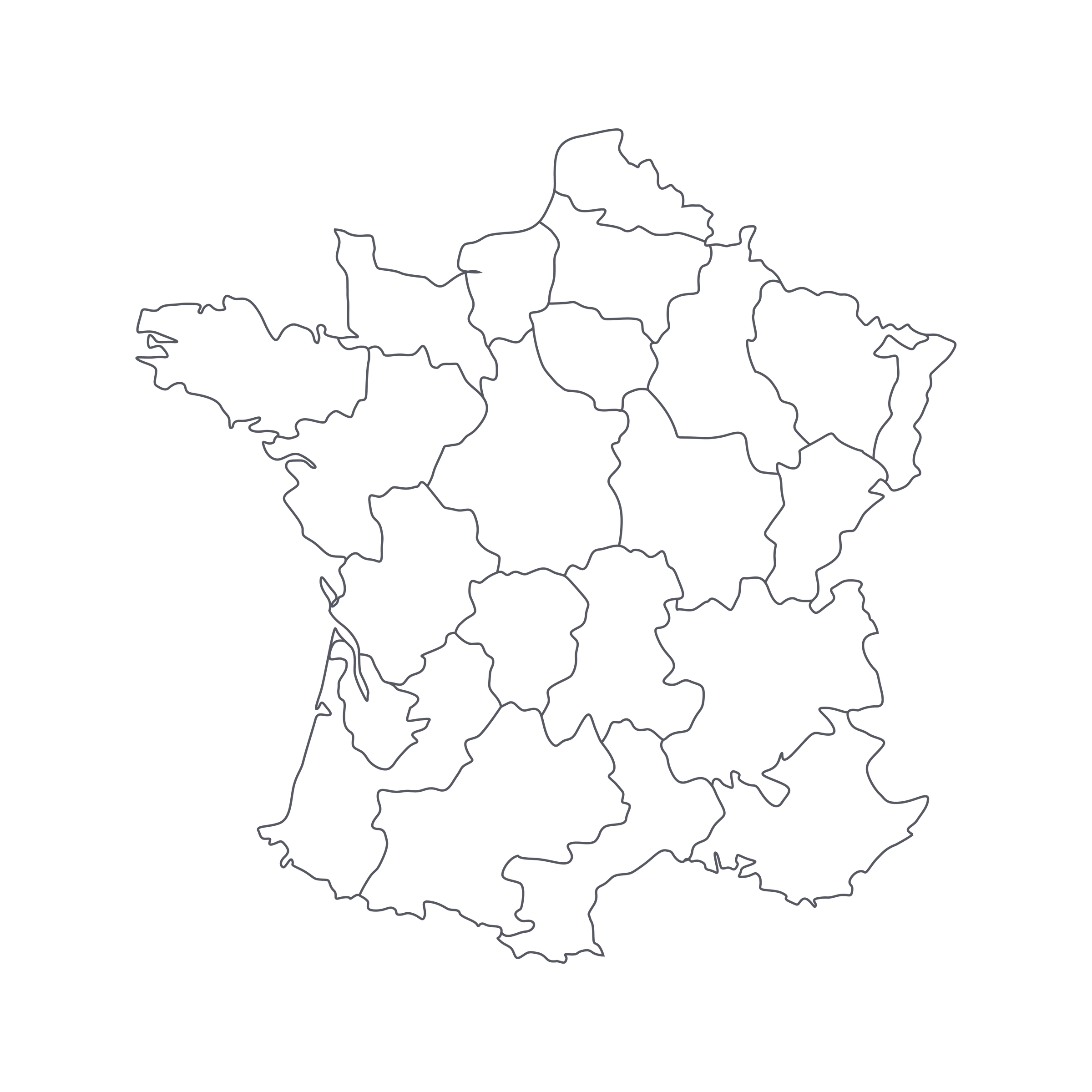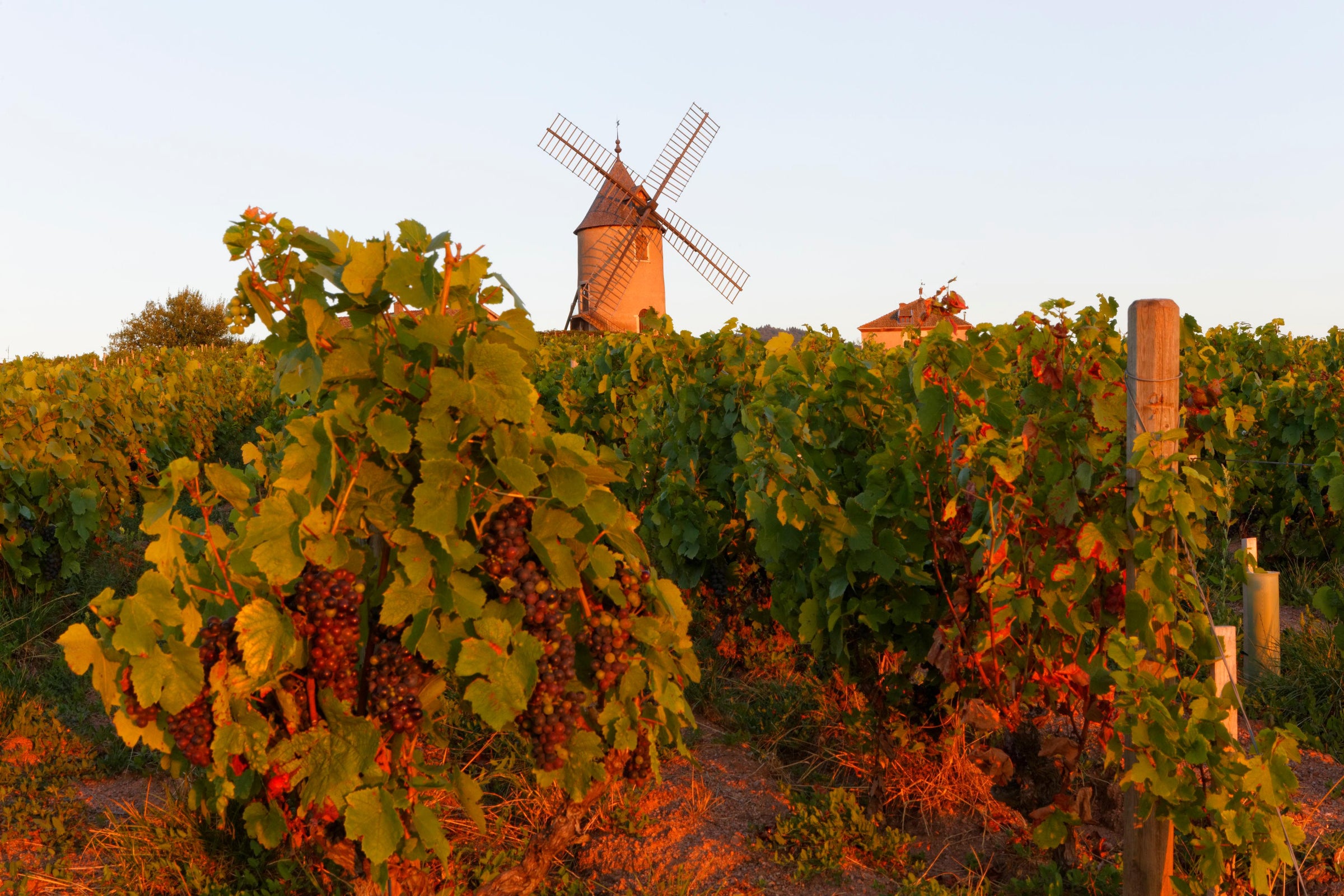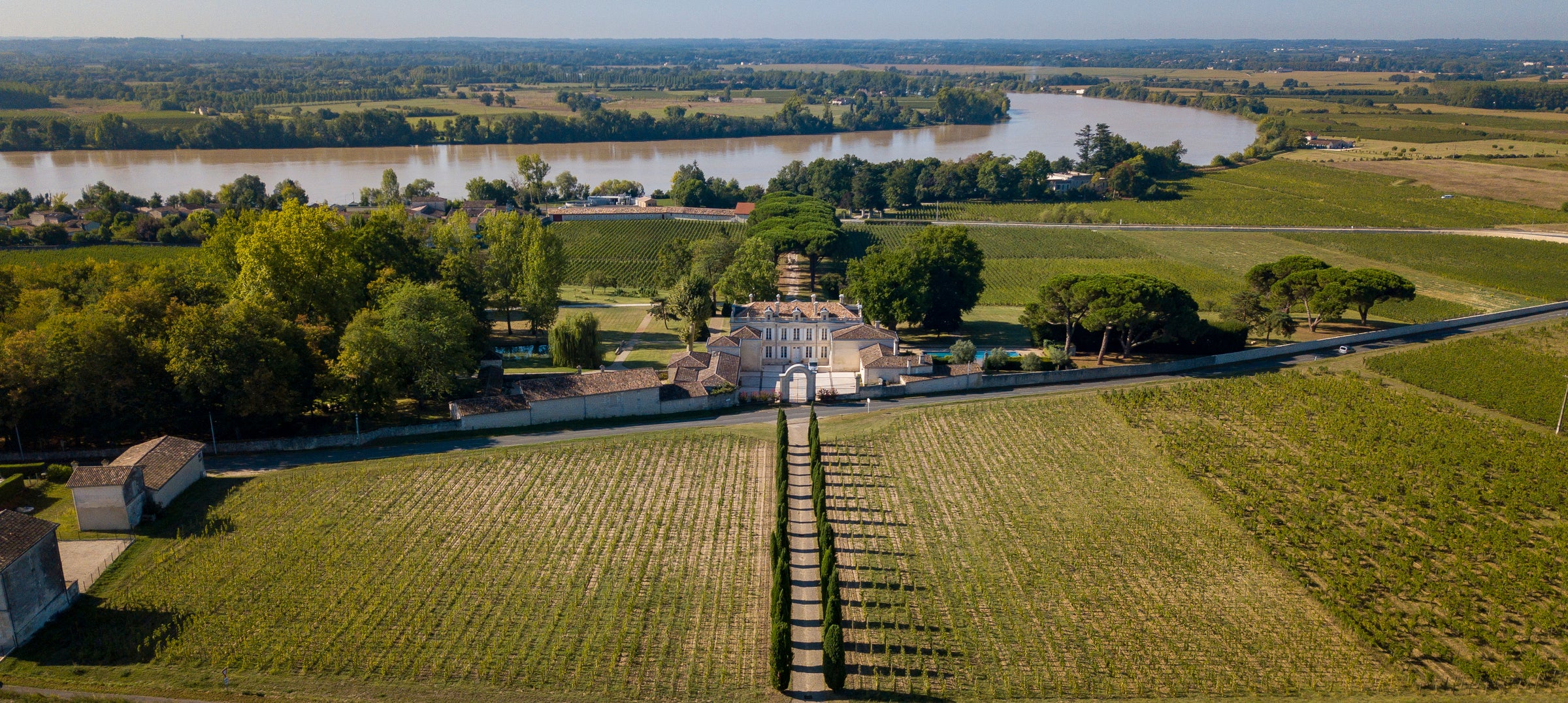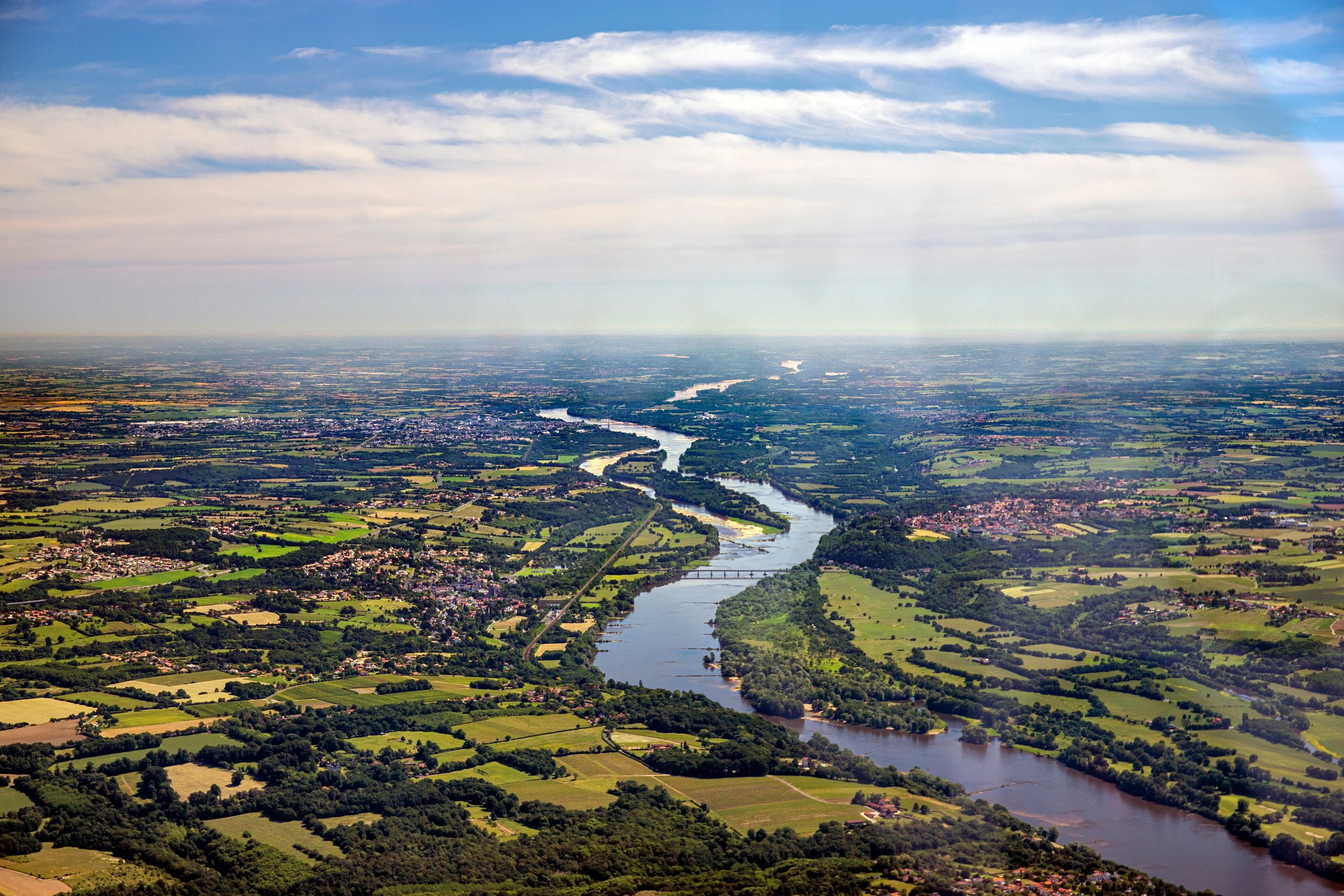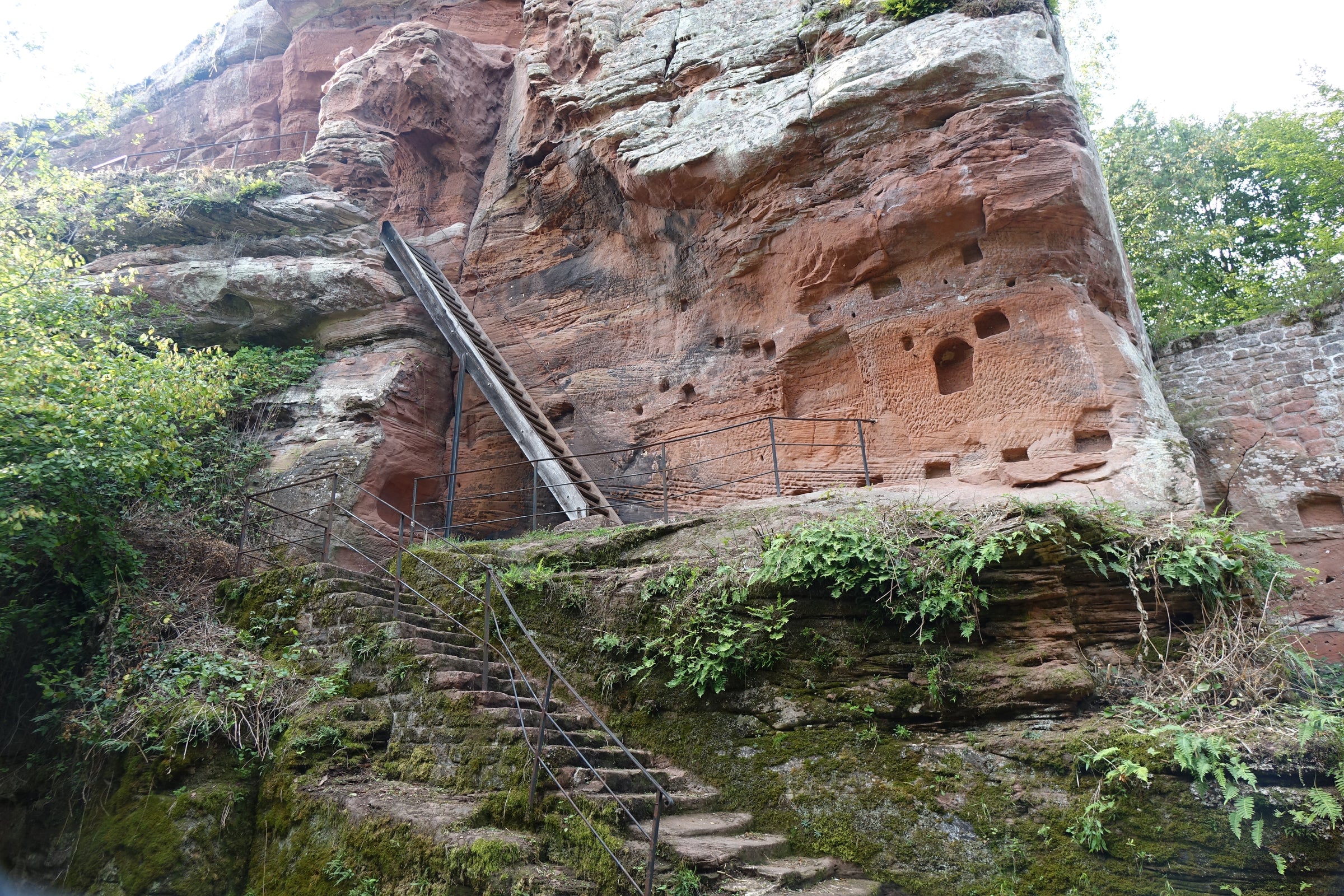Back in March, we had the pleasure of visiting and dining with the legends in charge of the historic Remoissenet located in Beaune. Until recently, today’s bottles were slumbering peacefully in their cellar, but after tasting a bottle, we immediately asked them to send over as much as they could allow. Turns out, there wasn’t much to have—they only release 3-4% of their reserves per year—so we’re thankful for the few cases we received.
It can be extremely tough explaining top-of-the-line Grand Cru Burgundy in its prime to those who have never experienced one. There is a certain magical quality that everyone has always struggled defining, but I’ll try: The combination of terroir, grace, perfume, savor and subtle yet thundering power cannot be achieved anywhere else in the world; it’s a wine you remember for a lifetime. This 2007 Chapelle-Chambertin Grand Cru is simply a towering achievement and a wine I feel like I’m still tasting a month later. Despite the miniscule number we have in stock, we’re allowing three bottles per person today. Expect it to disappear very quickly!
Out of all the villages in Burgundy, Gevrey-Chambertin is truly the Grand Cru epicenter. This commune houses nine in total, all clustered around each other without break. The two greatest, Chambertin and Chambertin-Clos de Bèze, are quite large, with 34 and 36 acres of vines, respectively. In comparison, Chapelle-Chambertin has a mere 13.5 acres and sits directly beneath Clos de Bèze! Due to its small size, there aren’t many landholders here, but those that have a chunk of this world-class real estate are considered some of Burgundies greatest farmers. These wines are powerful and sturdy, like those of Chambertin itself, and with its proximity it is hard to argue any differently!
Remoissenet was founded in 1877 and remained in the family until it was sold to a group of passionate investors in 2005. Intense quality measures were put in place by the new management team, which includes Bernard Répolt, veteran manager of Louis Jadot, and estate manager/“million-dollar nose” Pierre Rovani; the team quickly discontinued contracts with underachieving suppliers and signed long-term agreements with 31 new growers who focused on low yields and sustainable farming. They also hired winemaker Claudie Jobard, whose mother served as Joseph Drouhin’s enologist for nearly three decades. Remoissenet may be known as a leading négociant house, but they have taken drastic measures to bring back the natural aspects of winemaking. As our subscribers are well aware, the firm’s return to prominence has been reflected in our offers mix—Remoissenet has become a go-to Burgundy supplier for SommSelect.
As many of you know, 2007 was a cooler vintage that offered incredibly elegant wines which are peaking now, and since Remoissenet utilized one of the finest farmers in Chapelle-Chambertin, the end result was nothing short of remarkable. In order to pick grapes at optimal levels of ripeness, they waited until September (instead of August) before carefully sorting and harvesting by hand. At the domaine, fermentation occurred in large open-top wooden tanks and the wine was transferred into a combination of new and used French oak for extended aging. As previously mentioned, the wines rested in their dark library cellar for nearly ten years before being moved to the States.
Remoissenet’s 2007 Chapelle-Chambertin shows a dark garnet-ruby core moving out to lighter ruby hues on the rim. Despite its elegance and high toned perfume, this has impressive concentration and viscosity in the glass and is showing no signs of fading. The nose is wildly seductive and needs only a few minutes before fresh purple/red flowers and spicy dark fruit aromas are revealed. Digging further, you’ll pick up notes of preserved black cherry, black raspberry, dried herbs, aniseed, clove and other various baking spices, dried strawberries, wild mushroom powder, forest floor, crushed rock, petrichor, and a touch of cacao on the finish. The palate full bodied, classically structured and exquisitely smooth with tannins that have long since shedded their rigidity. This 2007 will coat your mouth with complex dark fruits, spice, and savory notes before heading toward a multi-minute finish. It’s a gorgeous wine that deserves a 30-minute decant before pouring into large Burgundy stems at 65 degrees. Drink over a 2-3 hour window or stow a bottle away for consumption over the next 7-10 years. For pairing, stick with an elegant dish that complements the wine itself: a tender and seared duck breast accompanied with orange and star anise. Be sure to watch this
short video if you’re hesitant on how to properly score duck. Enjoy this special bottle of wine—all of us here are hoping it provides you with a long lasting memory. Cheers!


